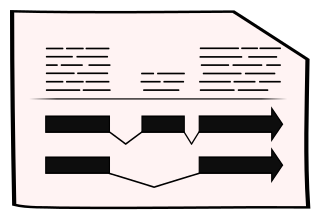Paragonimus westermani
BioProject PRJNA454344 | Data Source University of Queensland | Taxonomy ID 34504
About Paragonimus westermani
The lung fluke Paragonimus westermani is found in Southeast Asia and Japan, and is the most common cause of paragonimiasis. Infection is characterised by chronic inflammatory lung disease, though in severe cases the parasite can also infect the brain and CNS. P. westermani has two intermediate hosts: freshwater snails and crustaceans. The definitive host (such as humans) is infected upon ingestion of undercooked freshwater crabs and crayfish.
Genome Assembly & Annotation
Assembly
Short-insert Illumina reads were assembled using ABYSS, with scaffolding guided by PacBio reads. Mate-pair libraries were used for further scaffolding (with SSPACE). SoapDenovo2 GapCloser was used for gap filling. The assembly is described in full by Oey et al., 2019.
Annotation
Gene models were predicted with MAKER, as described in full by Oey et al., 2019.
Downloads
Tools
Key Publications
- Oey H, Zakrzewski M, Narain K, Devi KR, Agatsuma T, Nawaratna S, Gobert GN, Jones MK, Ragan MA, McManus DP, Krause L. Whole-genome sequence of the oriental lung fluke Paragonimus westermani. Gigascience, 2019;8(1):
Navigation
Assembly Statistics
| Assembly | ASM850834v1, GCA_008508345.1 |
| Database Version | WBPS18 |
| Genome Size | 922,849,782 |
| Data Source | University of Queensland |
| Annotation Version | 2020-03-WormBase |
Gene counts
| Coding genes | 12,783 |
| Non coding genes | 22 |
| Small non coding genes | 22 |
| Gene transcripts | 12,805 |
Learn more about this widget in our help section
This widget has been derived from the assembly-stats code developed by the Lepbase project at the University of Edinburgh











